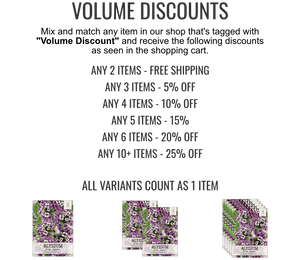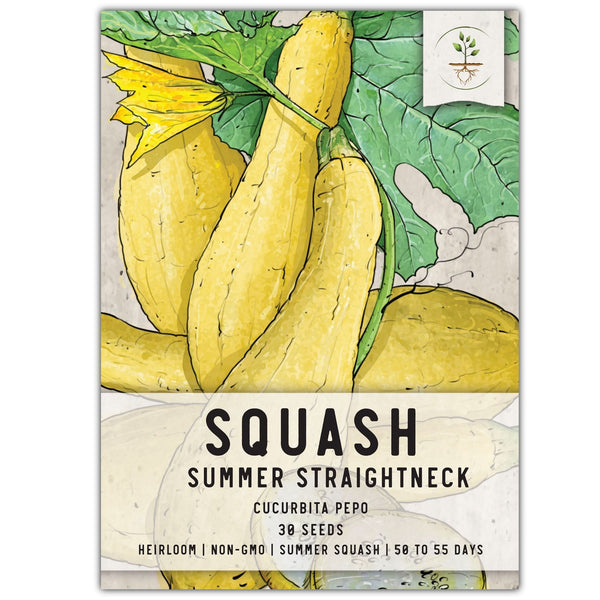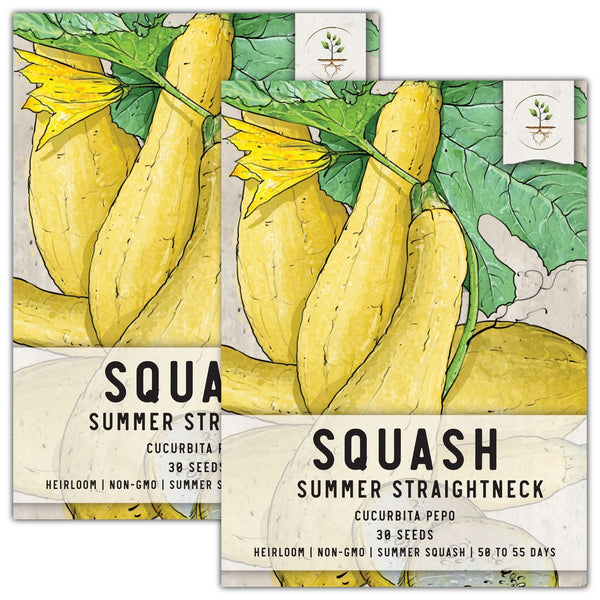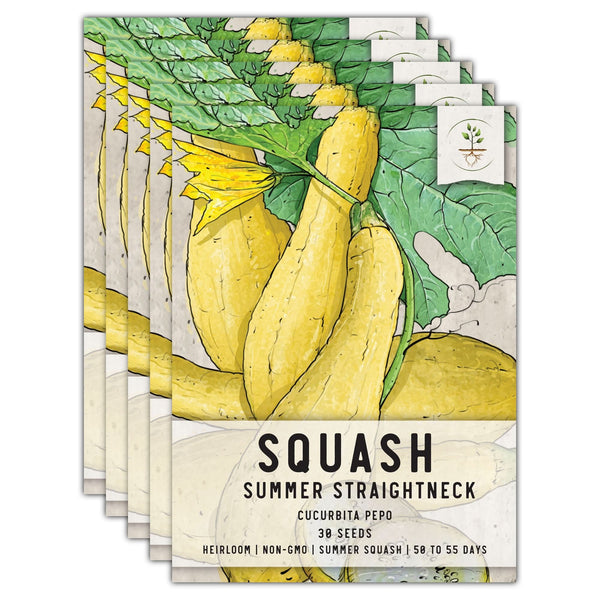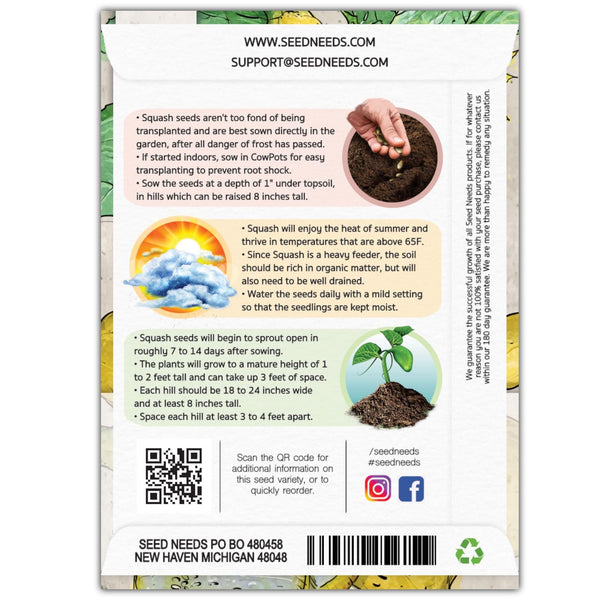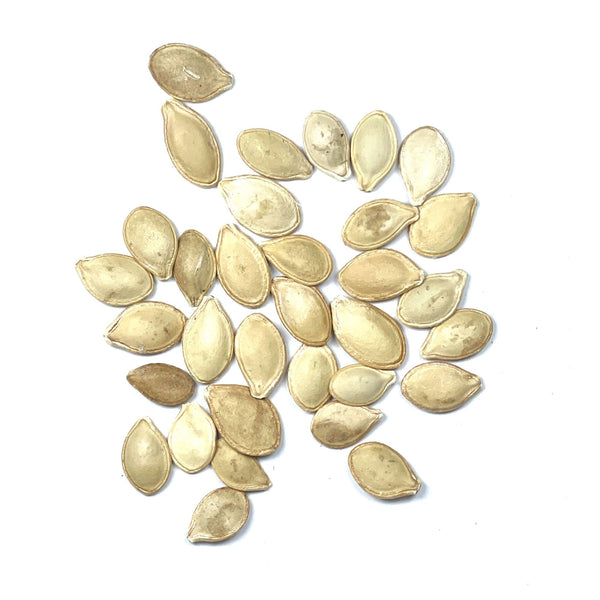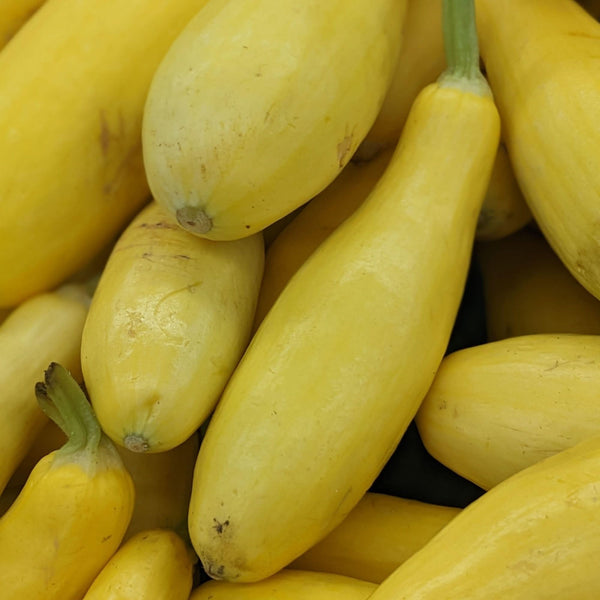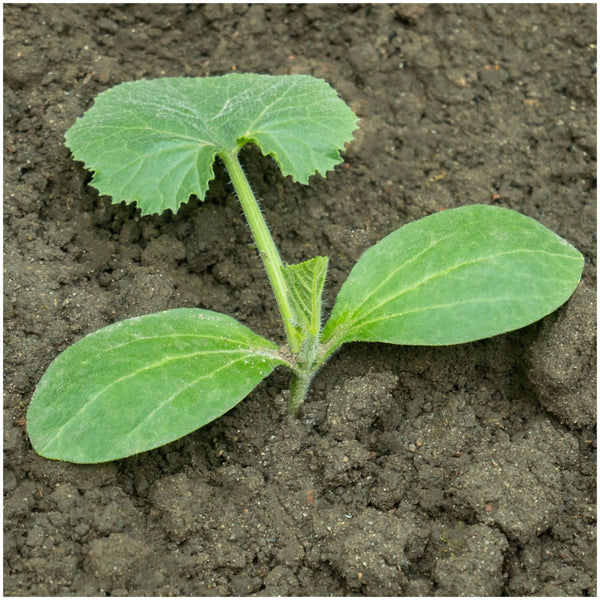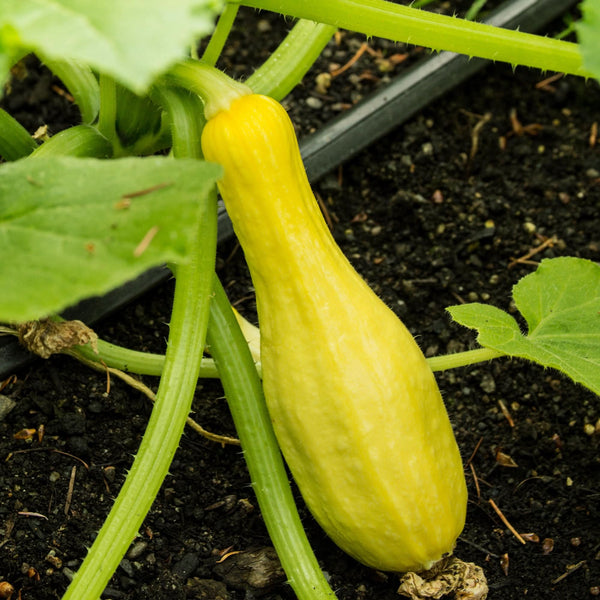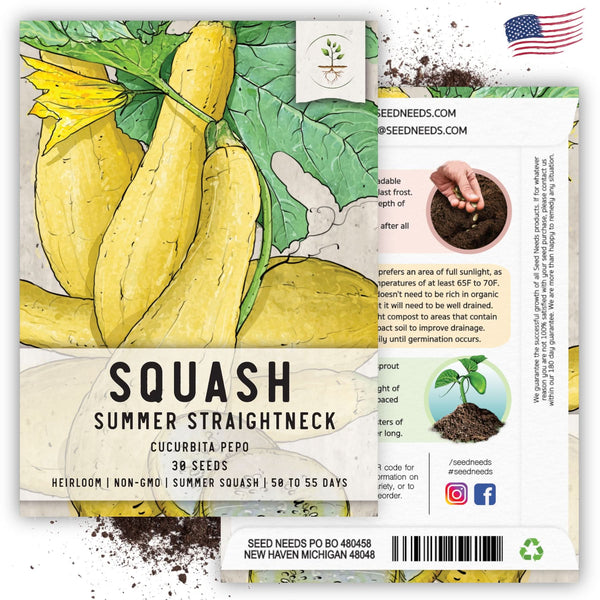Early straightneck squash, a variety of Cucurbita pepo, has been a staple in American gardens for its vibrant yellow color and sweet, tender flesh. This type of summer squash was almost certainly domesticated in the eastern United States, diverging from its Mesoamerican relatives like zucchini and various types of pumpkins. Its history intertwines with American agriculture, where it became favored for its early yield, making it a popular choice for succession planting and ensuring a continuous harvest through the summer. The straightneck squash's mild flavor and versatility in recipes, from grilling to baking, have cemented its place in culinary traditions, especially in dishes that celebrate the summer bounty.
Summer squash, like the straightneck variety, is harvested when immature, typically 45-50 days after planting, when the skin is still tender and the seeds small. This type is characterized by its thin skin and high water content, making it suitable for quick cooking methods where the skin can often be eaten. On the other hand, winter squash, including varieties like butternut and acorn, is harvested later, around 60-110 days, when the seeds are fully mature and the skin has hardened into a tough rind, ideal for storage through the colder months. Winter squash requires longer cooking times due to its denser flesh and is typically baked, roasted, or pureed, with the skin usually discarded before consumption. The key difference lies in their use and storage; summer squash is enjoyed fresh and quickly, while winter squash is prized for its ability to keep for months, offering a taste of summer well into winter.
